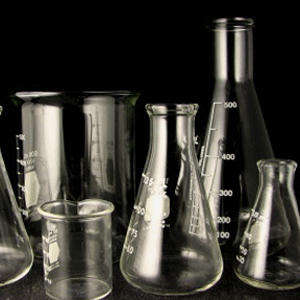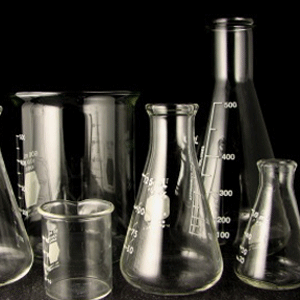Hard to resist
Generally speaking, hardness is the ability of one material to resist being permanently deformed by another, but actually quantifying the atomic structures that make one material hard—particularly if it has an amorphous structure like glass—has proven to be a major challenge in materials science.
In a paper appearing in Physical Review Letters, Morten Smedskjaer and Yuanzheng Yue at Aalborg University, Denmark, and John Mauro at Corning Incorporated, US, show they can predict the hardness of different types of inorganic glasses from a simple analysis of its structure and topology.
In their study, Smedskjaer et al. pursue the idea that a glass will be harder the more constraints there are, such as rigid bonds and complex configurations, which prevent it from giving way to pressure. In this picture, a string of atoms that is rigid in only one direction has fewer constraints than a sheet with strong bonds in two dimensions. Focusing on a series of soda lime borate glasses with different sodium content, they calculate the number of constraints associated with each composition and feed this number into an equation that yields the hardness of the glass, in units of pressure. The soda lime borate glasses under study are similar to, but structurally more complicated than, soda lime silicate glass used for windows, bottles, and other common glass products.
The predicted results from their model compare well with hardness measurements on actual glasses, suggesting that knowing the network topology of glasses is enough to determine their hardness. This sort of predictive power has an important application in research and manufacturing, where ideally, the effects of changing the composition of a glass could be deduced before actually being produced. – Jessica Thomas





